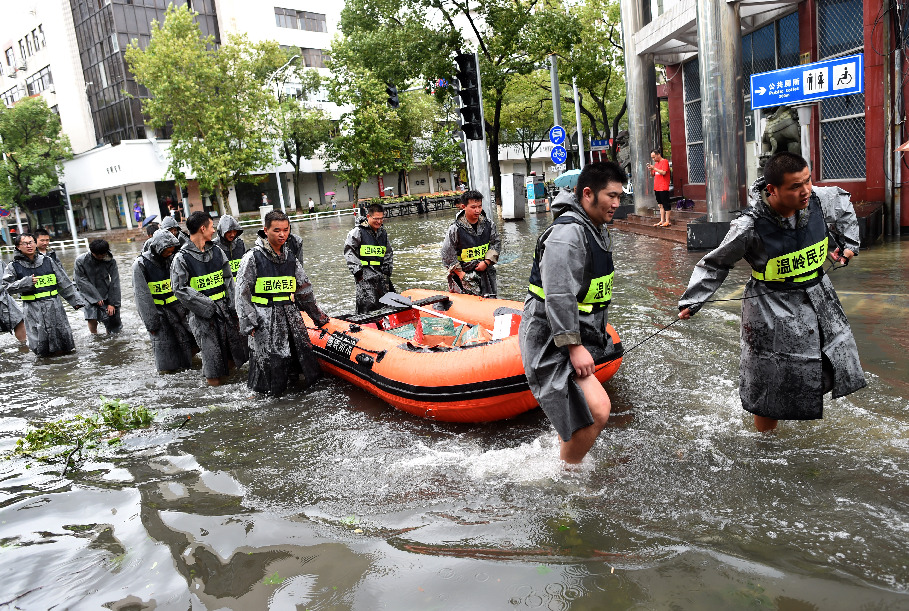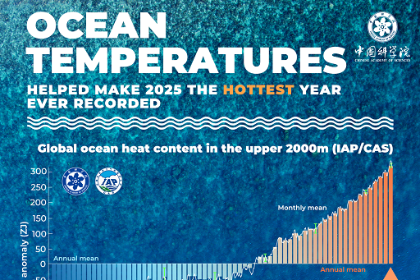Typhoon puts scientists and residents to the test






Steamed buns video
In Jiangsu province, Lekima brought torrential rains and heavy winds to 576 villages and townships. Many of the 13 cities in the province experienced flooded roads and sidewalks, and fallen trees, with roofs blown off homes.
On Sunday, a video clip of firefighter Ji Houniupei eating a steamed bun after working for hours went viral on social media.
Ji was sitting by the side of a road, covered in mud. With a bun in his mouth, he said he had eaten 11 so far. "Delicious!" was his verdict.
By Monday, the clip had been viewed more than 100 million times and had received millions of likes from netizens.
Ji later ate another bun, taking his total to 12.
He slept for only about three hours in two days after the typhoon made landfall in Taicang, Jiangsu, on Saturday. Ji started emergency rescue work at 3 pm on Saturday and did not return to his dormitory until 4 am. From 8am, he worked for more than 10 hours in heavy rain and winds.
"We were given 10 emergency tasks on the first day, mostly draining places that were flooded," Ji said.
"In one underground garage, the water was more than 1 meter deep and it continued to flood in. All the firefighters were starving at around 8 pm, and I grabbed the steamed buns the moment I saw them being delivered by colleagues.
"I was shocked when I saw the video, because I don't usually eat that much. I hope that my parents haven't watched the clip, as I don't want them to worry about me."
By Sunday morning, many firefighters such as Ji, together with hundreds of civil servants and police officers, had evacuated 143,000 people in the province and safely brought 19,800 vessels to harbor.
They also completed 327 emergency rescue tasks from Saturday to Sunday morning, including removing fallen trees, restoring power supplies and righting trucks blown over by Lekima.
Many elderly people initially refused to be evacuated and insisted on staying at home in areas affected by the typhoon. Community workers eventually persuaded them to leave.
He Liuzhen finally agreed to leave her dilapidated home in Suzhou and go to a hotel until the typhoon passed.
The 94-year-old lives alone in the Niujiaxiang community in the city's Gusu district in a house that dates to the Qing Dynasty. She had initially ignored her children's appeals to leave and insisted on staying home.
Zhang Yingying, Party chief of the community, said: "She said she would rather die in the house ... She sat throughout the night to keep an eye on the leaky roof during the torrential rain.
"You first need to know what worries the elderly before you can persuade them to leave. I told her that she would only be moved temporarily and could return whenever she wanted. We arranged a free hotel, hot noodles and social workers to accompany her after she finally agreed to go."
Zhang and her colleagues also visited another 50 elderly people living alone and accompanied them to the hotel.



















